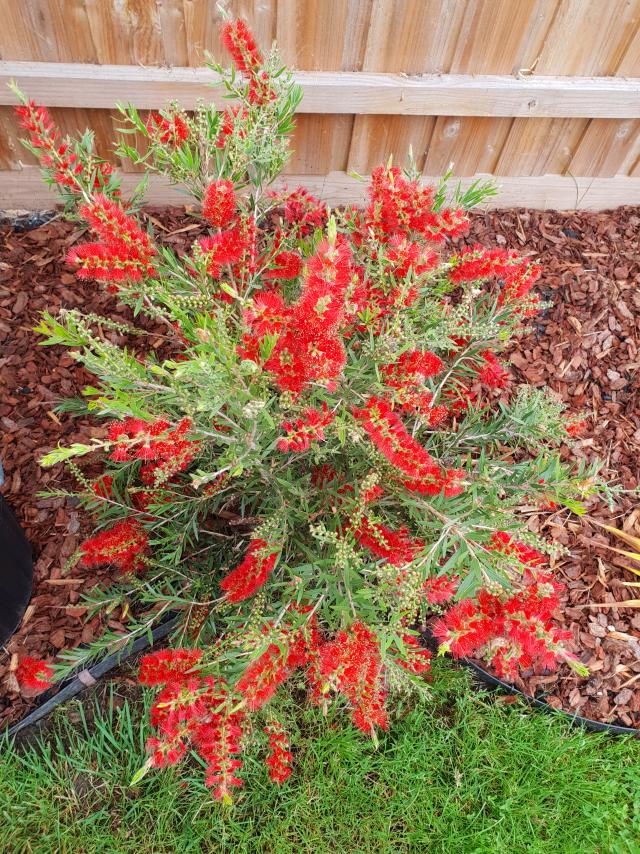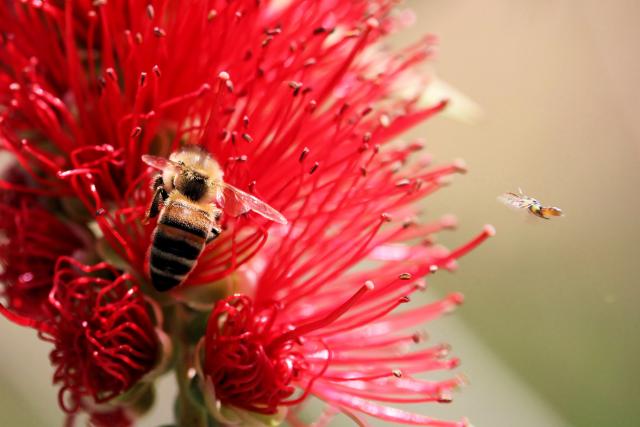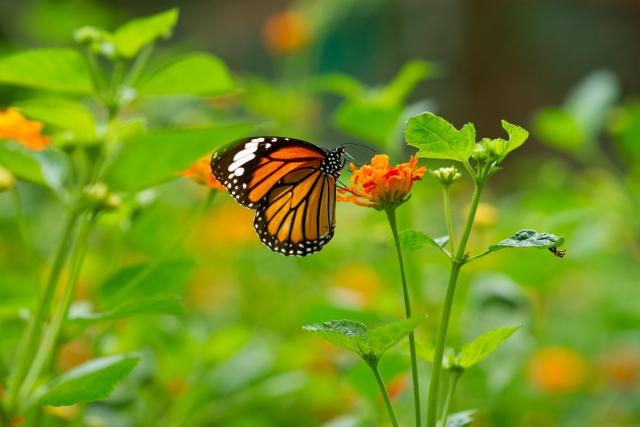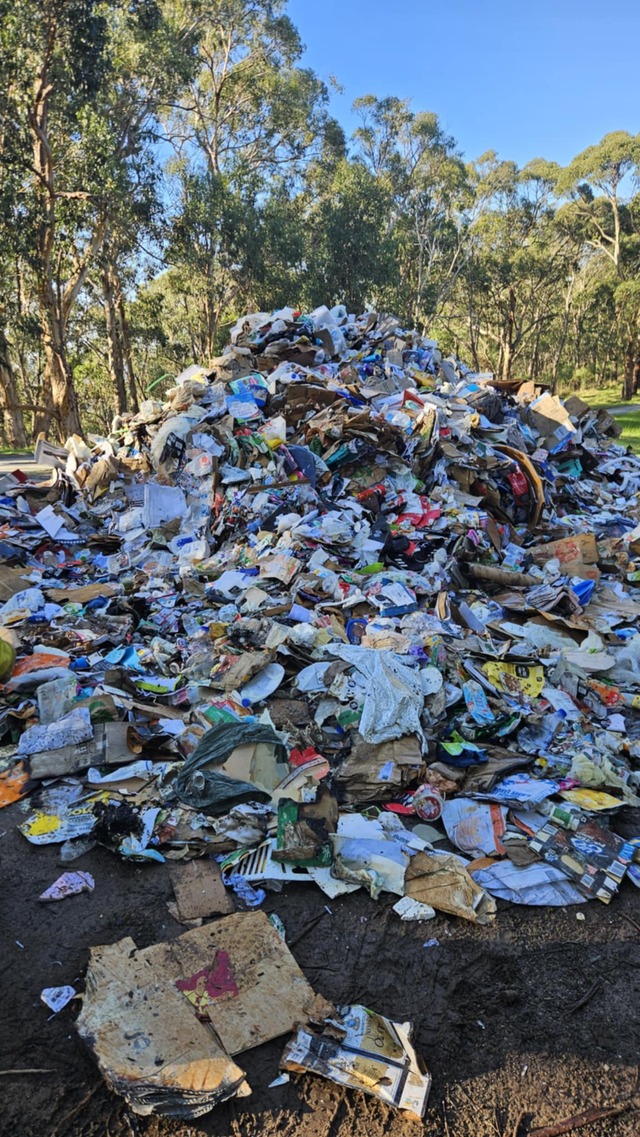The garden is calling, and the opportunity to create a wildlife sanctuary in your own backyard is too good to turn down.
Wildlife gardening is good for you and great for the environment, too.
Wildlife gardens are designed to attract native animals like birds, frogs, possums, lizards, bees, butterflies and other creatures.
Creating a wildlife garden gives a home, food and protection for wildlife in your neighbourhood and gives us an even better place to relax and enjoy the world around us.
Here are 10 tips to help you on the way to building your own wildlife garden.
1. Do your research
Find out who is already visiting your garden.
Spend some time outdoors to see what, if any, wildlife is already visiting your garden.
Find out what animals you’re likely to find nearby from your local council and local environmental groups.
2. Attract wildlife with the right plants
Find out what plants local wildlife love.
Once you know what creatures are native to your neighbourhood, find out what plants are local natives and which ones your local animal mates like to eat.
Search online, contact your local council, plant nursery or community environmental groups.
How you structure your garden is also important.
Open lawn and a few trees can work for birds like parrots.
Many birds are attracted to plants that grow to different heights like trees, grasses and shrubs.
Leaf litter attracts insects and some skinks and it’s great for a healthy garden, too.
3. What’s your plan?
Plan your wildlife garden. Think about what you want from the garden and how to make that happen.
Think about how your garden can work for your family. Along with attracting plants, think about how your new garden can attract the kids outside. That could include a vegie patch or fruit trees.
Before you start work, ask yourself these questions and start a to-do list: What needs to be done to the current garden? What will you plant? How much maintenance are you willing to do? Are there a lot of weeds?
4. Do it progressively
Going with native plants to attract wildlife is great, but don’t discount the importance of what plants are already in your garden.
Don’t take a bare earth approach and replant everything at once.
Replacing everything with seedlings at the same time may mean wildlife takes years to recover and you lose the benefits of shade, shelter and food for different local creatures that are already in your yard.
5. Pets and wildlife may not mix
Keep your pets away from wildlife.
No-one wants to work hard to attract native birds and animals to their garden only to find their pets will hunt or harass them.
If you have a dog, set aside a section of your garden that’s always dog-free. Keep your dog under your control always, particularly when out and about in nature. This includes making sure your dog responds to your commands when it’s off lead.
Make your cat an indoors-only pet, or build a cat run in the yard so it can get outside but in an enclosed space that prevents it from interacting with the other local animals.
6. Remember our scaly friends
A garden with leaf litter, grasses, shrubs, rocks and logs to bask on will provide habitat for different types of skinks and lizards.
Plant grasses or other shrubs next to rocks so a lizard catching some rays can quickly hide from any nearby predators.
7. Don’t forget frogs
Make your yard frog-friendly.
A pond, a frog bog or a frog hotel could draw frogs to your backyard – assuming frogs live near you.
While creating a pond in your backyard that has just the right amount of algae can be tricky, it’s easy to build a frog hotel. These hotels are for tree frogs and can take a while to attract guests.
8. Build a guarden for plenty of local buzz
Attracting pollinators is good for fruit and vegie gardens. Birds, bees, butterflies and other critters (even blow flies) are responsible for pollinating our gardens. They’re particularly important for fruit and vegie gardens.
You can attract these important animals to your garden, courtyard or balcony by planting flowers.
9. Take it easy on yourself
Save time maintaining your wildlife garden and spend that time enjoying it instead.
Generally speaking, a wildlife garden is going to take less maintenance, leaving you more time to enjoy the fruits of your labour.
It’s a lot easier to maintain garden beds than lots of lawn, for example.
Pruning is very quick (unless you want to create a native hedgerow) and only needed occasionally.
Heavily mulching the beds reduces the need to weed and also provides a home for insects. Perfect for the time poor (or lazy gardeners!)
10. DIY
Whether it’s birds, bees, butterflies or even bats you want to invite into your garden, it may be just one DIY project away.
Backyard Buddies has plenty of worthwhile info on how to go about it. Go to backyardbuddies.org.au/create-habitats/home-diy-projects









